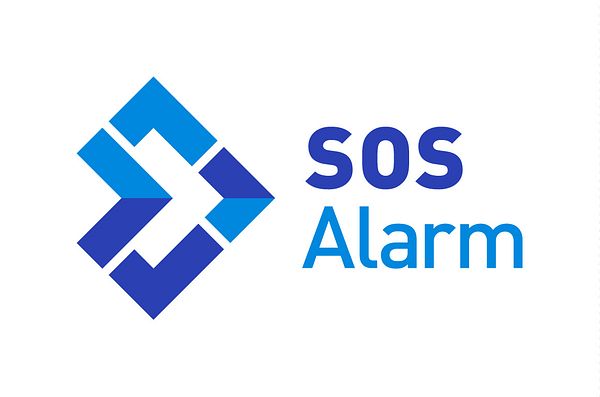Pressmeddelande -
Drones become a part of the EMS dispatching in Sweden
In June, drones will become a part of the EMS dispatching at SOS Alarm. Sweden will by this become the first country in the world to carry out clinical studies for emergency medical drone transports and deploy drones in real emergency medical incidences.
The drones will initially deliver Automated External Defibrillators (AED) in emergencies regarding out of hospital cardiac arrests (OHCA) as a complement to standardised ambulance dispatching. Eventually there is a potential for the usage of drones for other forms of emergency medical transportations. Initially the study will be focused on the municipalities of Gothenburg and Kungälv with approximately 80.000 residents within the drone’s service area. The ambition is to expand the usage of drones to several more locations around Sweden within the next few years.
SOS Alarm, The Swedish medical university Karolinska Institutet, and the software company Everdrone started a collaboration and are now jointly conducting a research and innovation project with the aim of investigating the possibilities of emergency medical transports with drones. Karolinska Institutet has researched the area since 2015 and the study was the first one of its kind to be published. Everdrone is specialized in safe autonomous drone operations and is one of few companies in the world that has been given approval to conduct drone operations in urban environments. The project preparation phase is reaching its final stage and now drone transportations will be used in real-world emergencies.
- It is fantastic that the collaboration between SOS Alarm, KI and Everdrone has led to the point where we now can deploy safe drone transportations that can save life, says Maria Khorsand, CEO at SOS Alarm. In emergency situations every second counts. With the help of drones, we can fly out medicine and equipment quickly and to more inaccessible locations, while waiting for the ambulance to arrive to the scene.
In Sweden, 6000 OHCA are reported each year according to KI. Only one in ten survives. In the event of a sudden cardiac arrest the chance of survival is reduced with 10 percent for each minute if the patient doesn’t receive cardiopulmonary resuscitation (CPR) or defibrillation is initiated. By being able to rapidly send an AED to the location of the incidence bystanders, who has called 112 or is close to the patient, will be able to initiate rescue efforts.
- We have, in previous publications, shown that drones have a big potential to be useful for cardiac arrest patients, says Andreas Claesson, Associate Professor at Karolinska Institutet. But this is most likely the first time in the world that a, with a Public Safely Answering Point, fully integrated drone system is dispatched to the location of a suspected cardiac arrest as an addition to regular ambulance. The strength is that this is done within the framework of a scientific clinical study, where we continuously analyse safety and feasibility.
When the call taker at SOS Alarm receive a 112 call and suspects an OHCA a number of activities are performed to get an ambulance on scene as quickly as possible. The ambulance is dispatched with a Priority 1 call which means that it is a life-threatening situation. Simultaneously as the call taker is instructing bystanders with telephone guided CPR, ambulances and other rescue services are dispatched to the location. With this new system, drones will also be activated.
The drones fly, for the most part, autonomously but are monitored by a drone pilot and by the air traffic control at Säve airport to manage the risk of conflicts within the airspace. The Swedish Transport Agency has authorized a special permit for the operations and has examined the project from a safety perspective.
With the help of GPS technology and advanced camera systems the drone navigates to the scene of the incident and delivers the AED on the exact spot where it’s needed. The AED is lowered to ground using a winching device while the drone hovers at 30 meters altitude.
-The method of lowering the defibrillator from the drone with the help of a winch is something we have been developing and testing for a long time, says Mats Sällström. We have performed more than 100 test deliveries in recent months, and the results show that the method works very well.
The system will be up and running during the period of June through September, after which the results will be evaluated. The ambition is to expand the project to several locations around the country.
Find links for downloadable press photos and film for publishing attached.
Relaterade länkar
SOS Alarm har en unik verksamhet. Vi vet hur Sverige mår, i realtid. Dygnet runt, året om hanterar vi larm och hjälpresurser vid olyckor, kriser och störningar i samhället. Tillsammans med många andra skapar vi ett tryggare Sverige för alla, nu och i framtiden. Läs mer på sosalarm.se.
